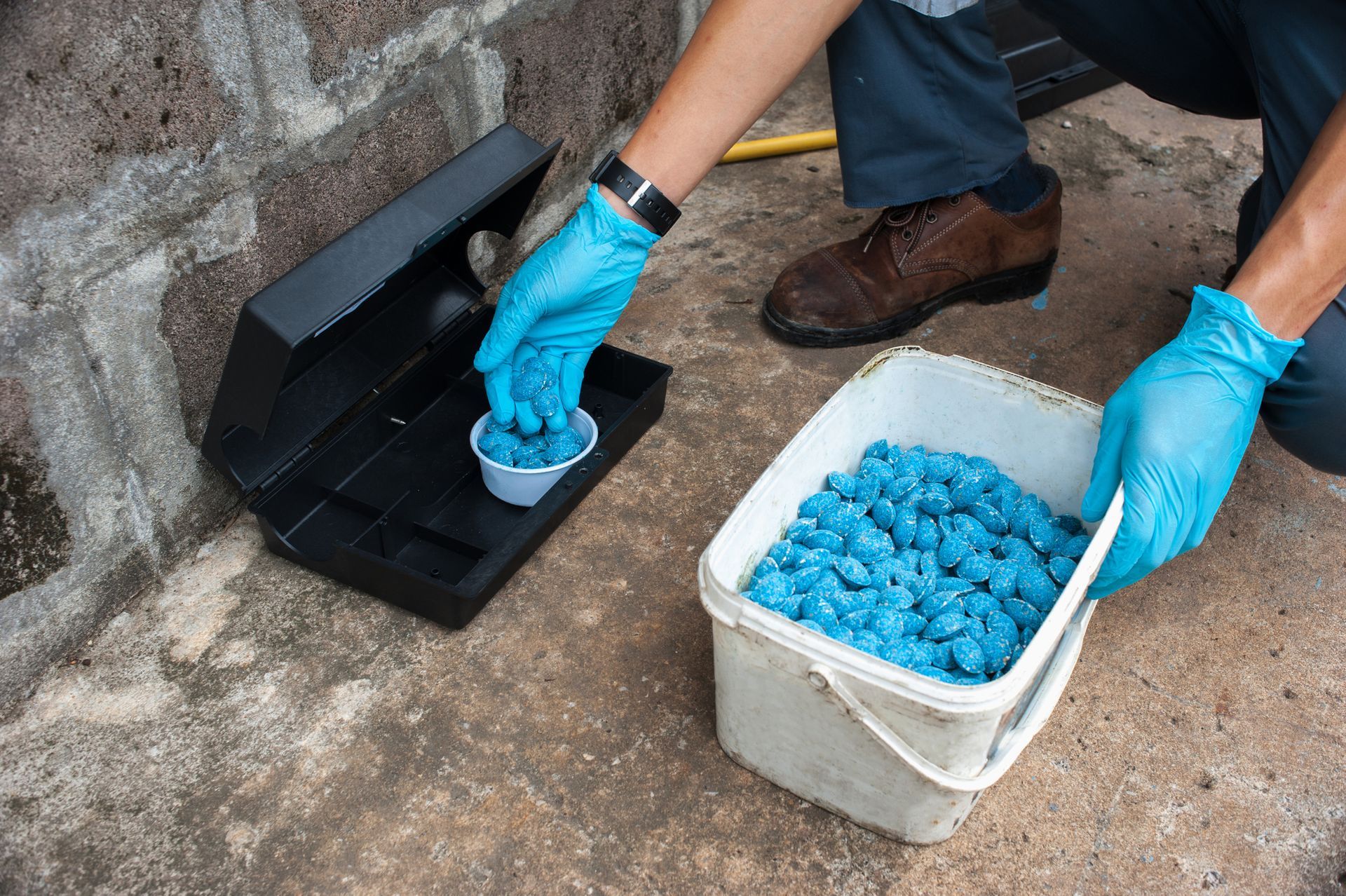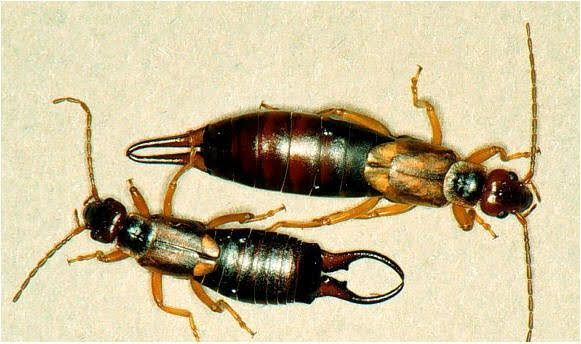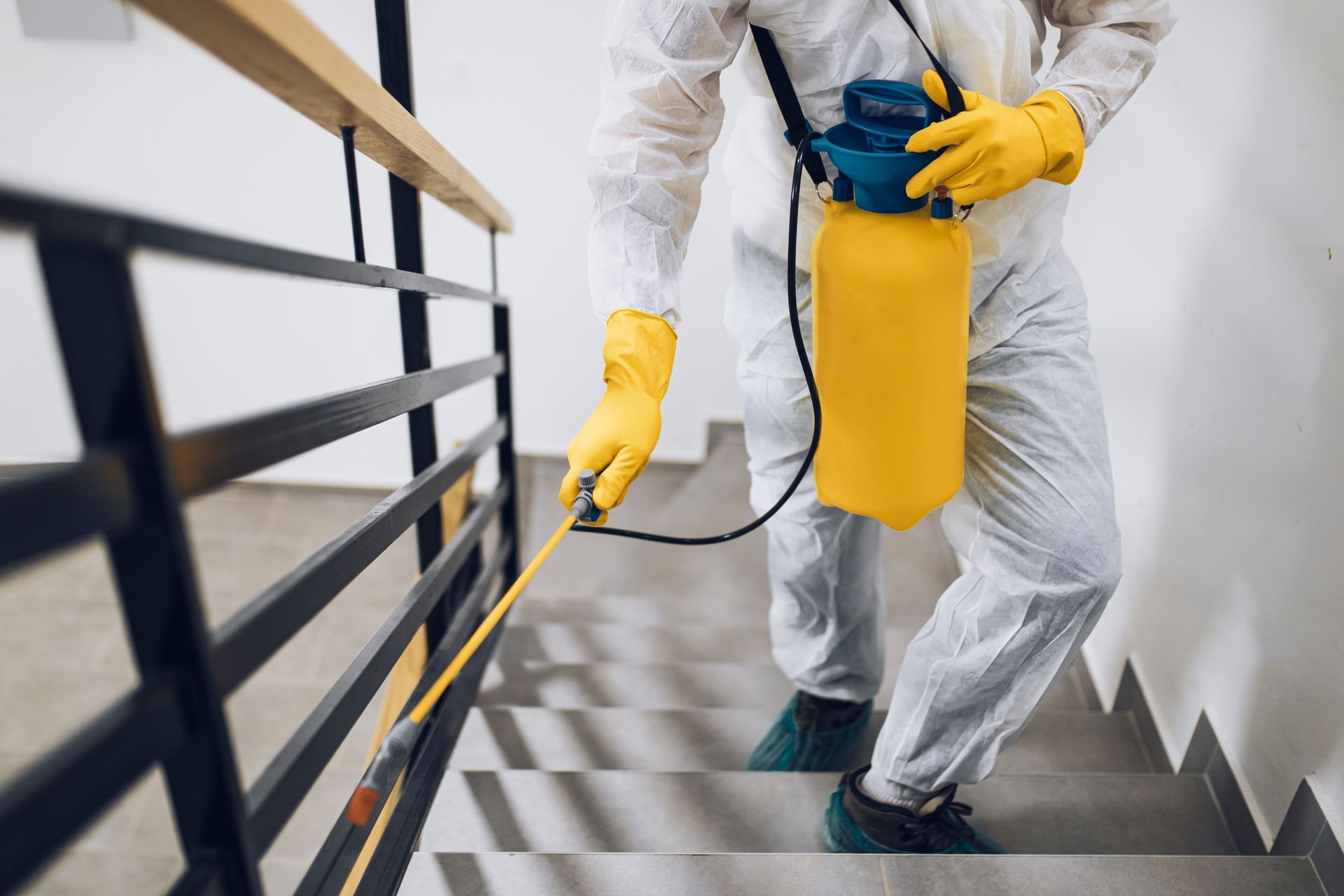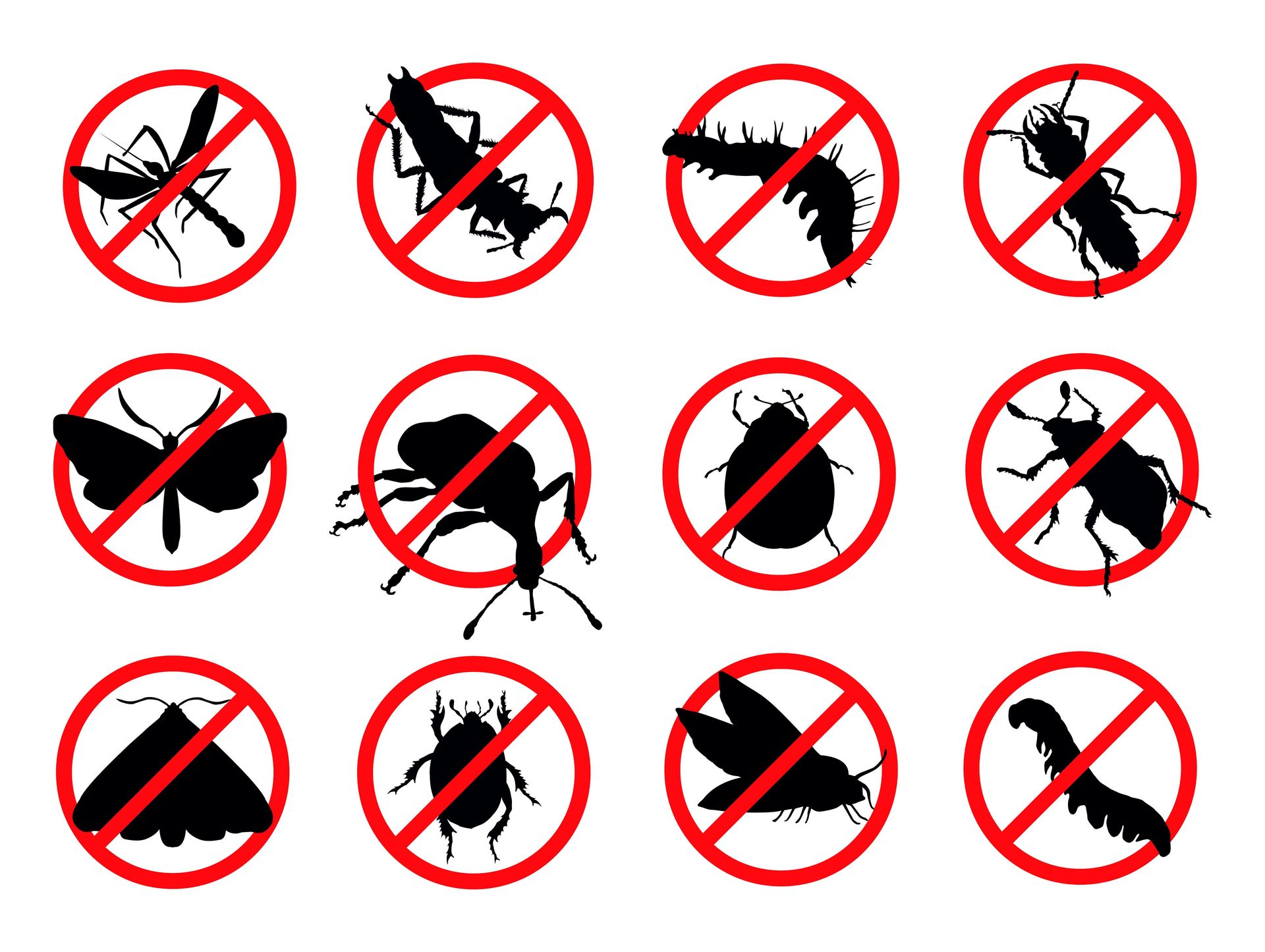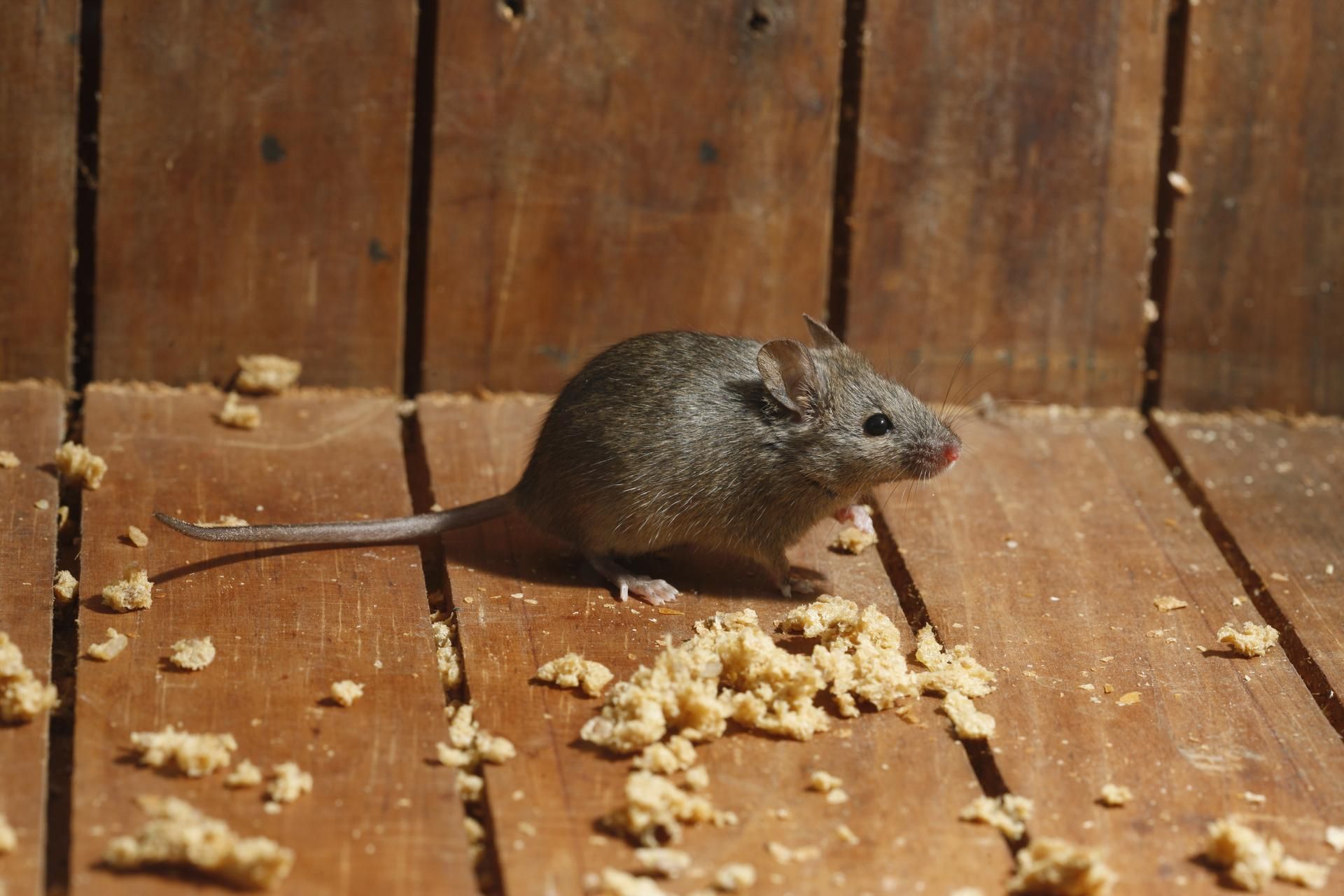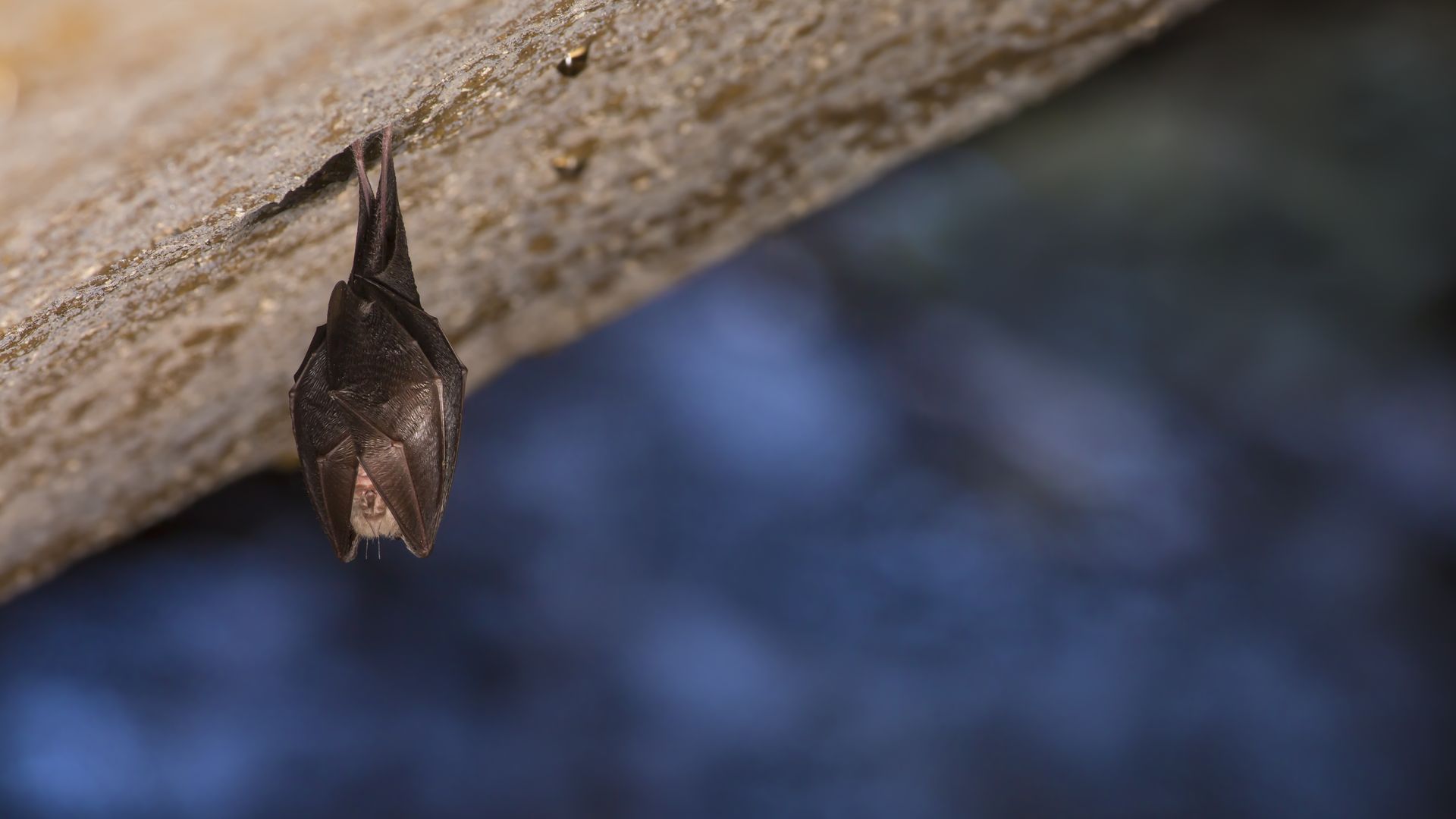Your Guide to Identifying and Eliminating Common Household Pests
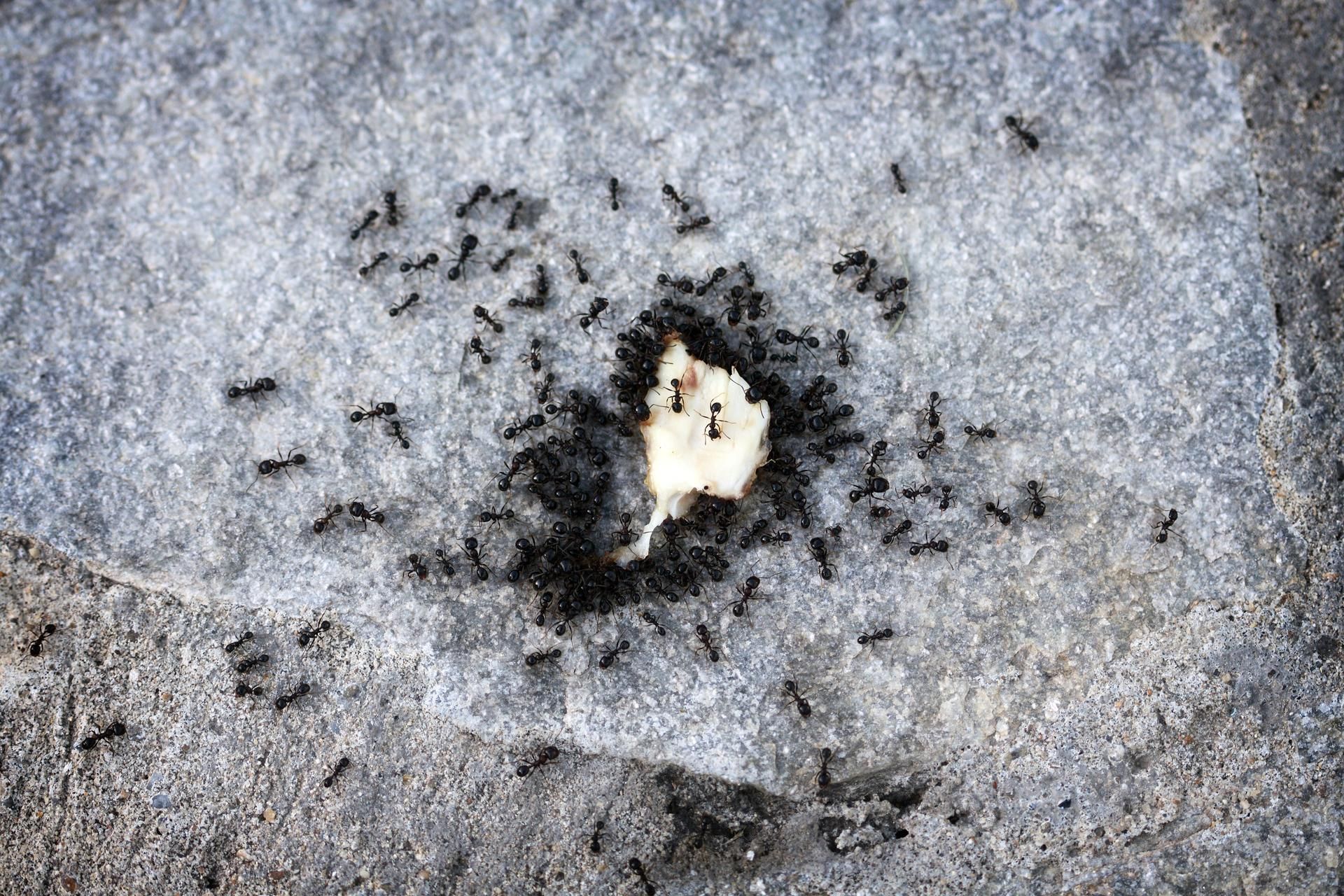
In the comfort of your home, you can often overlook the small intruders that can turn your peaceful abode into their playground. These uninvited guests come in various forms, from the tiniest of insects to the more discernible rodents, each with their own peculiar habits and potential hazards. This article aims to shed light on the most common household pests, understanding their behaviors, the risks they pose, and how you can find yourself inadvertently rolling out the welcome mat for them.
Ants
Ants are one of the most common household pests, and they can be found in almost every part of the world. These small insects are attracted to food and water sources, making kitchens and bathrooms prime targets for infestations. They can enter homes through cracks in walls or floors, and once inside, they leave a scent trail for other ants to follow. While most species of ants are harmless, some can cause damage to structures or sting humans.
Cockroaches
Cockroaches can survive in almost any environment and are known to spread diseases such as salmonella and E.coli. They are often found in warm, dark areas such as basements, kitchens, and bathrooms. Cockroaches can enter homes through cracks or gaps in windows and doors, as well as through pipes and drains.
Spiders
While spiders may not be considered pests by everyone, their presence in the home can cause fear or discomfort for many people. Most spiders found in homes are harmless, but some species, like black widows or brown recluses, can pose a threat to humans if bitten. Spiders typically enter homes through open windows or gaps around doors and windows.
Rodents
Rodents such as mice and rats can cause damage to structures and spread diseases. These small mammals are attracted to food sources and will often gnaw through walls or wires to access them. They also reproduce quickly, making it difficult to control an infestation without professional help.
Termites
Termites may not be as visible as other household pests since they live inside walls and furniture, but they can cause significant damage if left untreated. These small insects feed on wood and cellulose materials, which means they can destroy wooden structures such as floors, walls, and furniture if left unchecked. Signs of a termite infestation include mud tubes, discarded wings, and hollow-sounding wood.
Bed Bugs
Bed bugs have become increasingly common in recent years, and they can be found in both clean and dirty homes. These small insects feed on human blood while you sleep, leaving behind itchy red bites. They can enter homes through luggage, clothing, or used furniture and are notoriously difficult to get rid of without professional help.
Silverfish
Silverfish are small, wingless insects that are commonly found in bathrooms and kitchens. They are attracted to moisture and can often be seen scurrying across floors or walls at night. While they do not pose a threat to humans, they can damage books, wallpaper, and other paper-based items.
Fleas
Fleas are not only a nuisance but can also transmit diseases such as typhus and tapeworms. These tiny insects typically enter homes on the backs of pets or through cracks in walls or floors. Once inside, they reproduce quickly and can be difficult to eliminate without professional treatment.
In conclusion, many common household pests can cause problems for homeowners. While some may just be an inconvenience, others can pose health risks or cause damage to your home and belongings. It is important for homeowners to take preventative measures such as sealing cracks and keeping food sources out of reach to avoid infestations. If an infestation does occur, it is best to seek professional help in order to effectively eliminate the pests and prevent future occurrences.
Contact us to learn more about pest control today.

